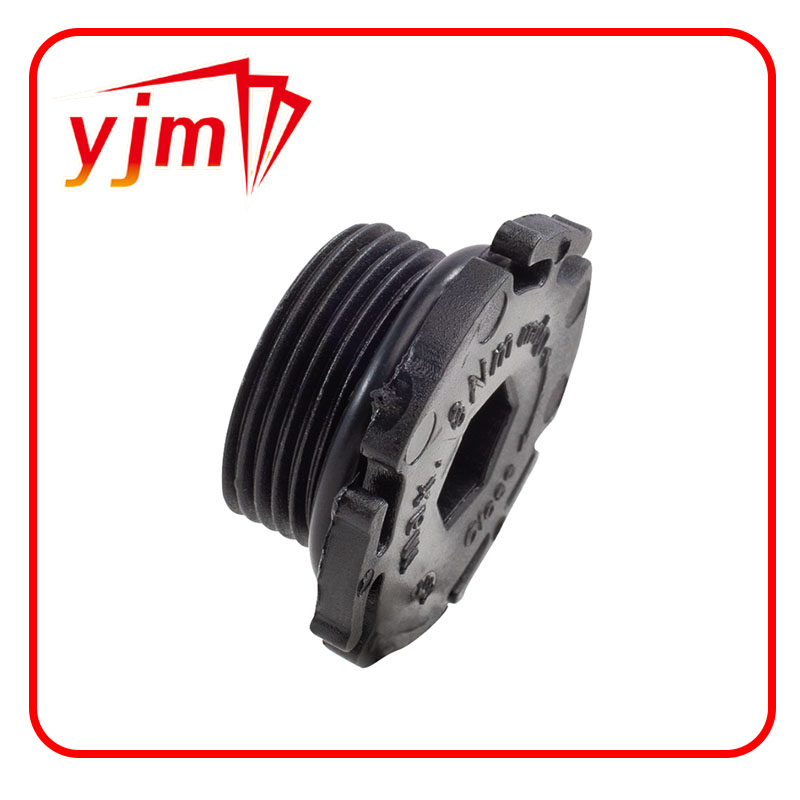Understanding Gearbox Output Seal Function and Importance in Vehicle Performance
Understanding Gearbox Output Seals Importance and Maintenance
The gearbox output seal plays an essential role in the efficient functioning of any automotive or machinery gearbox system. Hidden from plain sight, this small but vital component prevents the leakage of lubricants and contaminants, ensuring that the gearbox operates smoothly and reliably. In this article, we will explore the importance of gearbox output seals, how they function, common problems associated with them, and tips for maintenance.
What is a Gearbox Output Seal?
A gearbox output seal is designed to protect the gearbox from external environmental elements and prevent the essential lubricant from leaking out. Typically made from durable materials like rubber or silicone, these seals are located at the interface where the gearbox outputs to the drive shaft. This position makes them particularly crucial, as any failure can lead to substantial damage not only to the gearbox but also to the connected components.
Importance of Gearbox Output Seals
1. Fluid Retention The primary function of the gearbox output seal is to retain the gearbox lubricant. Proper lubrication reduces friction and wear within the gearbox, leading to improved performance and extended lifespan of the components.
2. Contamination Prevention The seal acts as a barrier against dirt, dust, and moisture that could infiltrate the gearbox. Contaminants can lead to reduced efficiency and premature failure of gearbox components.
3. Cost Efficiency Leakage due to a faulty output seal can result in considerable costs for both repairs and loss of fluid, which necessitates frequent replenishment. By ensuring a tight seal, operators can save on maintenance and operational costs.
Common Problems with Gearbox Output Seals
While gearbox output seals are designed to last, they can wear out over time due to various factors
1. Material Degradation Exposure to extreme temperatures and aggressive chemicals can lead to the breakdown of the seal material, resulting in cracks or hardening that compromise its integrity.
2. Improper Installation If the seal is not installed correctly, it may not fit snugly, leading to leaks. This can happen due to misalignment or using the wrong size seal.
gearbox output seal

3. Wear and Tear Regular use of the vehicle or machinery can lead to wear on the seal edges, especially if there is excessive movement or vibration.
4. Severe Operating Conditions Environments that expose the gearbox to heightened temperatures, pressures, or contaminants can accelerate seal deterioration.
Maintenance Tips for Gearbox Output Seals
Maintaining the integrity of gearbox output seals is crucial for prolonged equipment life. Here are some tips for effectively maintaining them
1. Regular Inspections Regularly check the seals for signs of wear, damage, or leaks. Early detection can mitigate more severe damage and costly repairs.
2. Correct Lubrication Ensure that the gearbox has the correct amount and type of lubricant. Overfilling or using inappropriate fluids can lead to leakage through the seals.
3. Proper Installation When replacing seals, ensure they are installed correctly. Use the recommended tools and follow the manufacturer's guidelines to prevent damage during installation.
4. Monitor Operating Conditions Be aware of the conditions under which your gearbox operates. If it often experiences extreme conditions, consider using upgraded seals that better withstand those environments.
5. Professional Servicing For those unfamiliar with gearbox systems, it may be best to consult professional mechanics for inspections and repairs. They can ensure that all components, including output seals, are functioning optimally.
Conclusion
The gearbox output seal may be small in size, but it is monumental in its impact on the performance and reliability of a gearbox system. Understanding its function, recognizing potential problems, and carrying out regular maintenance are key to ensuring that a vehicle or machinery operates efficiently and lasts longer. By paying attention to this often-overlooked component, operators can save significant costs and enhance the reliability of their equipment.
-
Understanding Automotive Oil Seals: Essential Components for Engine and Shaft Protection
News Jul.30,2025
-
The Importance of Heavy Duty Seals in Industrial and Residential Applications
News Jul.30,2025
-
Exploring Industrial Oil Seals: From Felt Oil Seals to TTO and CFW Solutions
News Jul.30,2025
-
Essential Guide to Oil Seals: From Radial to Metal-Cased Seals for Industrial Reliability
News Jul.30,2025
-
Choosing the Right Oil Seals and Gaskets for Industrial and Automotive Applications
News Jul.30,2025
-
Cassette Seals: Durable Sealing Solutions for Harsh Environments
News Jul.30,2025
-
Understanding the Front Main Engine Seal: Purpose, Maintenance, and Installation
News Jul.29,2025
Products categories















